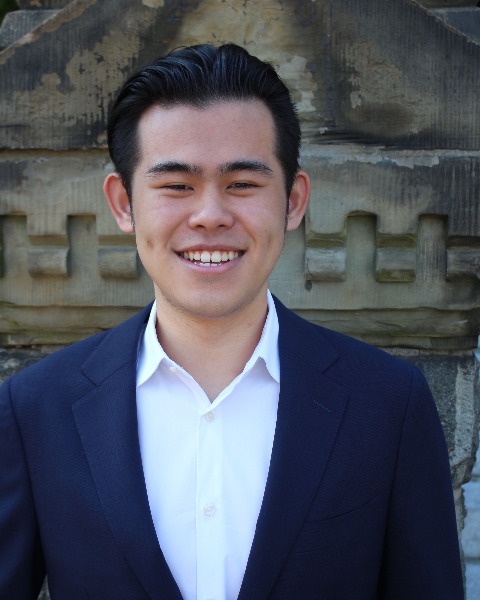Spine
The Impact of Sacral Slope on Joint Kinematics and Facet Loading in L5-S1 Disc Replacement

Andy Liu, BS
Medical Student
Cedars Sinai Spine Center
University of Chicago Medical School
Presenting Author(s)
Introduction: TDR is increasingly utilized for treatment of lumbar degenerative disc disease (DDD) when conservative treatment fails. Lumbar TDR—particularly at the lumbosacral junction (L5-S1)—has not seen the same widespread adoption as cervical TDR. This may be because the lumbosacral junction is subject to higher shear forces due to its inclination, and the effect of varying sacral slopes on the biomechanical performance of TDR at this level has not been thoroughly investigated. This biomechanical study investigates the impact of sacral slope on anterior translation and facet pressures in the lumbosacral spine following TDR at L5-S1.
Methods: Seven fresh-frozen human lumbosacral (L5-S1) cadaveric segments tested under varying sacral slopes first in their intact state and then after implantation of a Pro-disc-L (Synthes Spine) prosthetic disc. Combined compressive and shear forces were applied while thin pressure sensors (Tekscan) measured facet pressures. Anterior translation of the disc and facet pressures were measured at each sacral slope and compared between intact and post-TDR states.
Results: In both the intact and post-TDR states, anterior translation increased as sacral slope increased, with the highest translation observed at 70°. Notably, the percent change in anterior translation following TDR implantation showed an inverse relationship with sacral slope. Facet pressures, while increasing with sacral slope, exhibited a general decreasing trend in percent change after TDR, though these changes were not statistically significant. The highest facet pressures were observed at lower sacral slopes in both intact and TDR specimens.
Conclusion : Increasing sacral slope leads to higher anterior translation and facet pressures at L5-S1 in both intact and post-TDR conditions. Interestingly, the inverse relationship between sacral slope may promote a biomechanical environment in which shear forces are transferred from the facets to the TDR implant. This biomechanical shift may place the implant in an extended position, reducing facet load but potentially increasing implant wear. These findings underscore the importance of considering sacral slope when planning TDR at L5-S1, as higher sacral angles may influence implant function, longevity, and long-term outcomes.
Methods: Seven fresh-frozen human lumbosacral (L5-S1) cadaveric segments tested under varying sacral slopes first in their intact state and then after implantation of a Pro-disc-L (Synthes Spine) prosthetic disc. Combined compressive and shear forces were applied while thin pressure sensors (Tekscan) measured facet pressures. Anterior translation of the disc and facet pressures were measured at each sacral slope and compared between intact and post-TDR states.
Results: In both the intact and post-TDR states, anterior translation increased as sacral slope increased, with the highest translation observed at 70°. Notably, the percent change in anterior translation following TDR implantation showed an inverse relationship with sacral slope. Facet pressures, while increasing with sacral slope, exhibited a general decreasing trend in percent change after TDR, though these changes were not statistically significant. The highest facet pressures were observed at lower sacral slopes in both intact and TDR specimens.
Conclusion : Increasing sacral slope leads to higher anterior translation and facet pressures at L5-S1 in both intact and post-TDR conditions. Interestingly, the inverse relationship between sacral slope may promote a biomechanical environment in which shear forces are transferred from the facets to the TDR implant. This biomechanical shift may place the implant in an extended position, reducing facet load but potentially increasing implant wear. These findings underscore the importance of considering sacral slope when planning TDR at L5-S1, as higher sacral angles may influence implant function, longevity, and long-term outcomes.

.jpg)